The history of MARSOC is the history of the Marine Raiders
- By Stavros Atlamazoglou
Share This Article
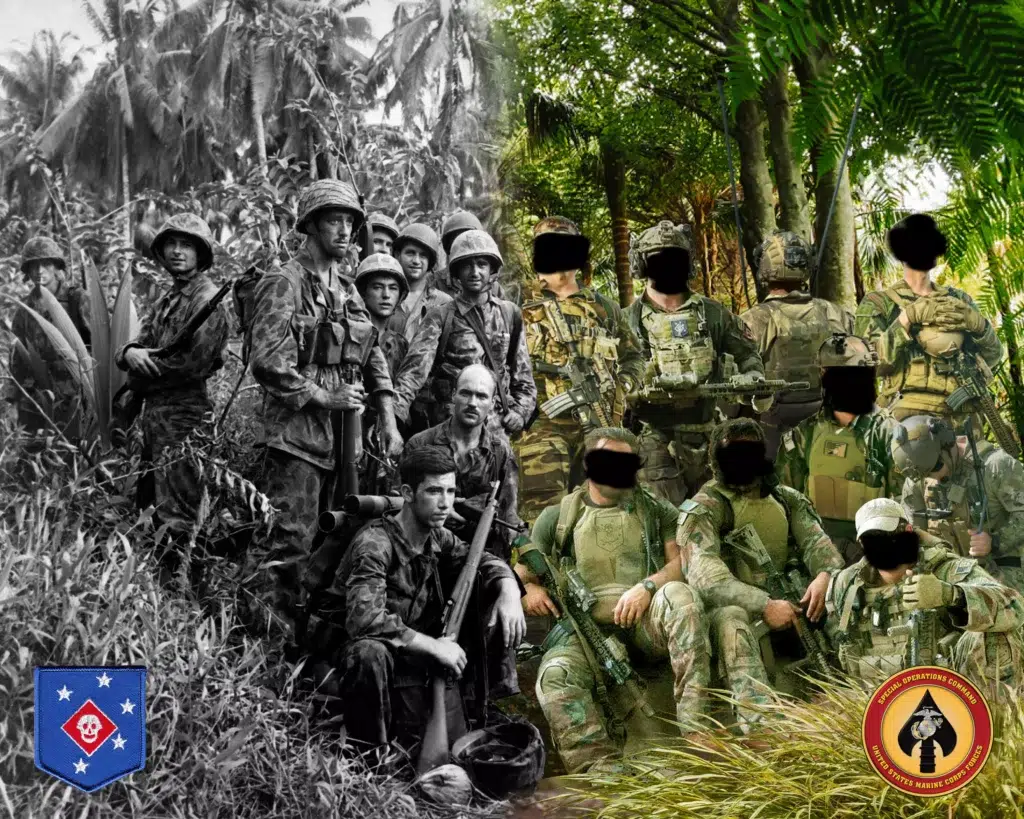
Disclaimer: This article was sponsored by the Marine Corps Special Operations Command (MARSOC) and contains content developed in collaboration with their team.
Marine Raiders are a special breed within the U.S. special operations community. Established in their modern form in 2006, Marine Raiders have fought and excelled on numerous battlefields ever since.
Although they are the latest member of the U.S. special operations family, Marine Raiders can trace their history back decades.
Forged in combat
It’s during World War II, in the jungles and islands of the Indo-Pacific, where the legacy of the Marine Raider Regiment begins.
With the Imperial Japanese Army sweeping throughout the Indo-Pacific after the Pearl Harbor attack, the Marine Corps decided to set up small and agile special operations units that could harass the Japanese forces and stem their advance. Soon, the Marine Raider battalions were in combat.
Marine Raiders hold a lot of rsts. Sergeant Clyde A. Thomason, the first enlisted Marine to earn the Congressional Medal of Honor during World War II, was a Marine Raider. Marine Raiders were also the first special operations unit in history to conduct a submarine-borne raid during the Makin Island operation of 1942.
But in 1944, the Marine Corps decided to disband the Marine Raiders, and it would take 62 years for the unit to re-emerge at the forefront of the U.S. special operations community.
Marine Raiders reborn
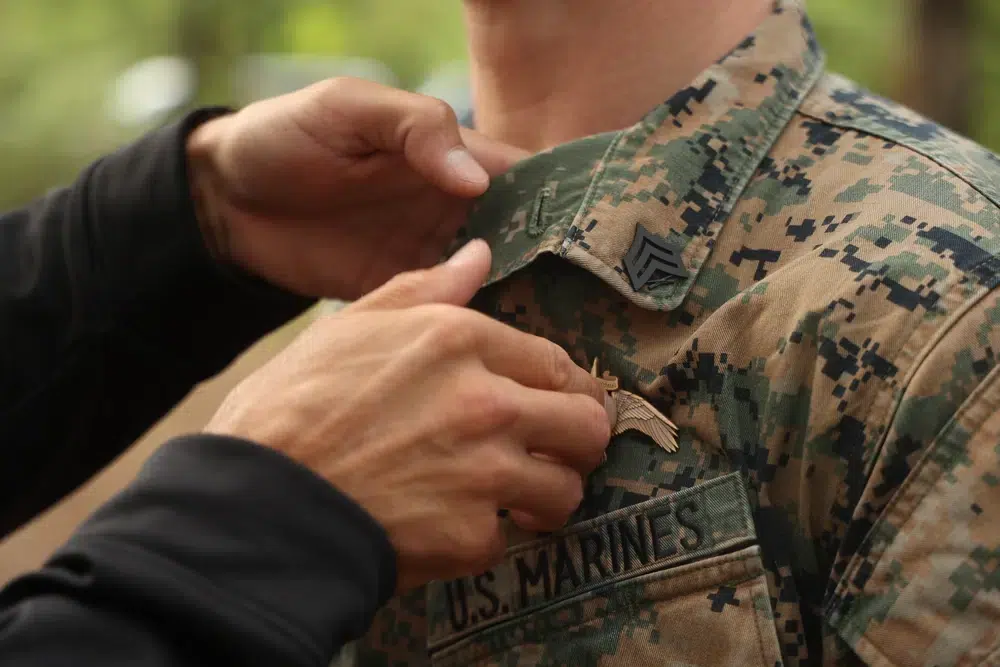
The modern history of the Marine Raiders begins in 2006 with the creation of the U.S. Marine Forces Special Operations Command (MARSOC). At the time, the Global War on Terror (GWOT) was in full swing, and the U.S. military was engaged in a complicated two-front war in Iraq and Afghanistan.
But to make sure that MARSOC would be viable, the Marine Corps prepared for its creation years earlier with the establishment of Detachment One. Essentially a special operations task force, Det One was composed of a direct-action platoon and special reconnaissance platoon, a security platoon, and a headquarters element that provided organic, full-spectrum intelligence support to the kinetic elements. With approximately 300 special operators and support personnel, Det One deployed to Iraq soon after the invasion in March 2003.
The unit quickly made a name for itself in the counterterrorism campaign that kept the entire U.S. special operations community busy for years. The die had been cast and the success of Det One prompted the Marine Corps to establish MARSOC as a permanent organization. The Marine Raiders were back. The 1st and 2nd Marine Special Operations Battalions were manned with Marines from the 1st and 2nd Force Recon Battalions, which were disbanded.
Related: The Marines’ new drone-truck can take out enemy ships from 1,000 miles out
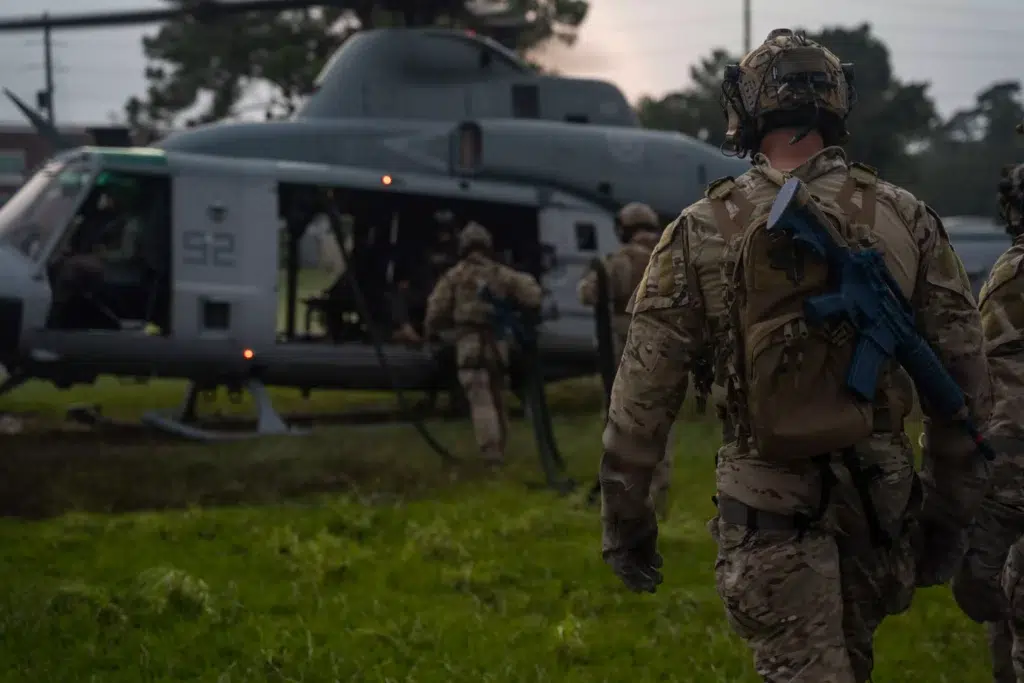
MARSOC was set up as the Marine Corps’ component of the U.S. Special Operations Command (SOCOM). It is composed of the Headquarters, Marine Raider Regiment, Marine Raider Support Group, and Marine Raider Training Center. Marine Raiders specialize in a variety of mission sets, including direct action, special reconnaissance, and foreign internal defense.
Even though the large-scale counterterrorism campaigns of previous years have slowed down, Marine Raiders continue to deploy all across the globe, enhancing partnerships and setting the conditions to defeat adversaries if called upon. Marine Raiders are constantly deployed overseas.
At any given time, a Marine Special Operations Team could be in Africa, Europe, South America, the Middle East, and the Indo-Paci c. In 2020, Retired Lieutenant General Dennis J. H. Hejlik, MARSOC’s first commander, told the new generation of Marine Raiders about the importance of their legendary lineage.
“Know and understand the history of this exceptional group of warriors, where you came from, why, and how,” he told them.
As the United States military pivots toward Great Power Competition with geopolitical rivals like China in the Indo-Pacific, Marine Raiders find themselves in familiar territory. Once more in their history, the Corps’ elite are called to deter and, if necessary, protect with force U.S. national security interests in a key region of the world. And if history is a guide, they will do it well.
Read more from Sandboxx News
- We asked AI to create images of top-secret new stealth aircraft and these were the results
- Famed Ukrainian pilot known as ‘Juice’ killed in crash
- Why aircraft carrier crews wear different shirt colors – and what they mean
- A realistic analysis of what F-16s can really do for Ukraine
- Women in Special Forces resorted to buying their own armor, study finds
Related Posts
Sandboxx News Merch
-

‘AirPower’ Classic Hoodie
$46.00 – $48.00 Select options This product has multiple variants. The options may be chosen on the product page -
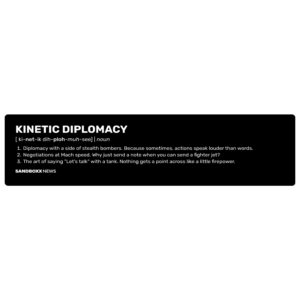
‘Kinetic Diplomacy’ Bumper Sticker (Black)
$8.00 Add to cart -

‘Sandboxx News’ Trucker Cap
$27.00 Select options This product has multiple variants. The options may be chosen on the product page
Stavros Atlamazoglou
Greek Army veteran (National service with 575th Marines Battalion and Army HQ). Johns Hopkins University. You will usually find him on the top of a mountain admiring the view and wondering how he got there.
Related to: Special Operations
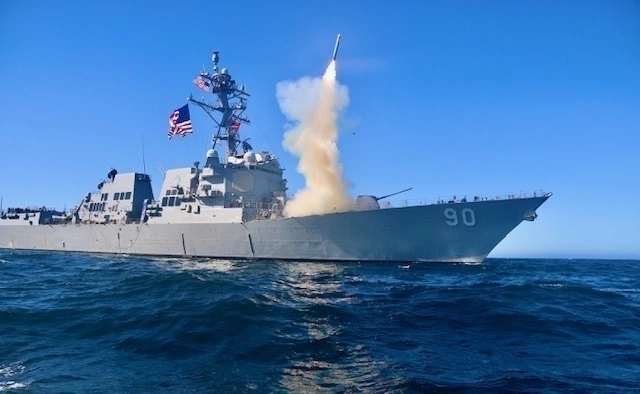
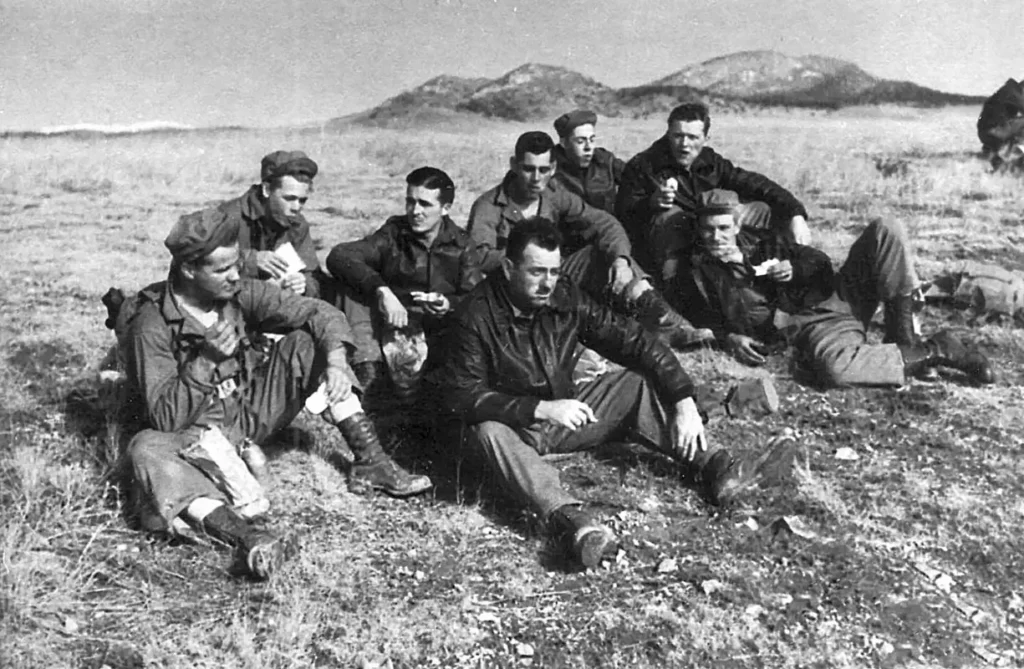
First Special Service Force was a unique World War II Americano-Canadian commando unit
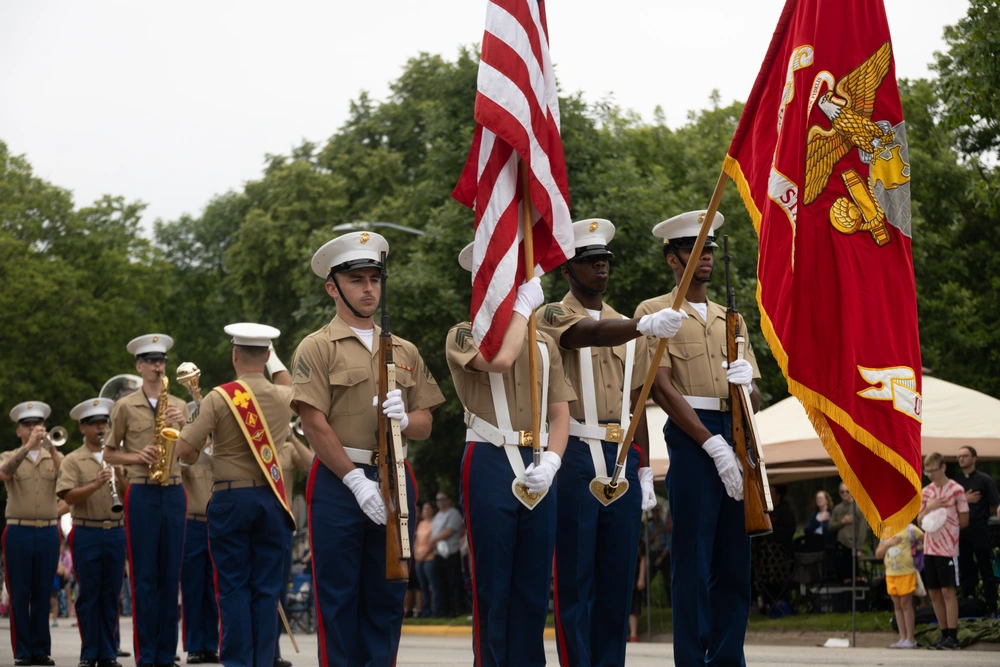
This is why the Marine Corps is different
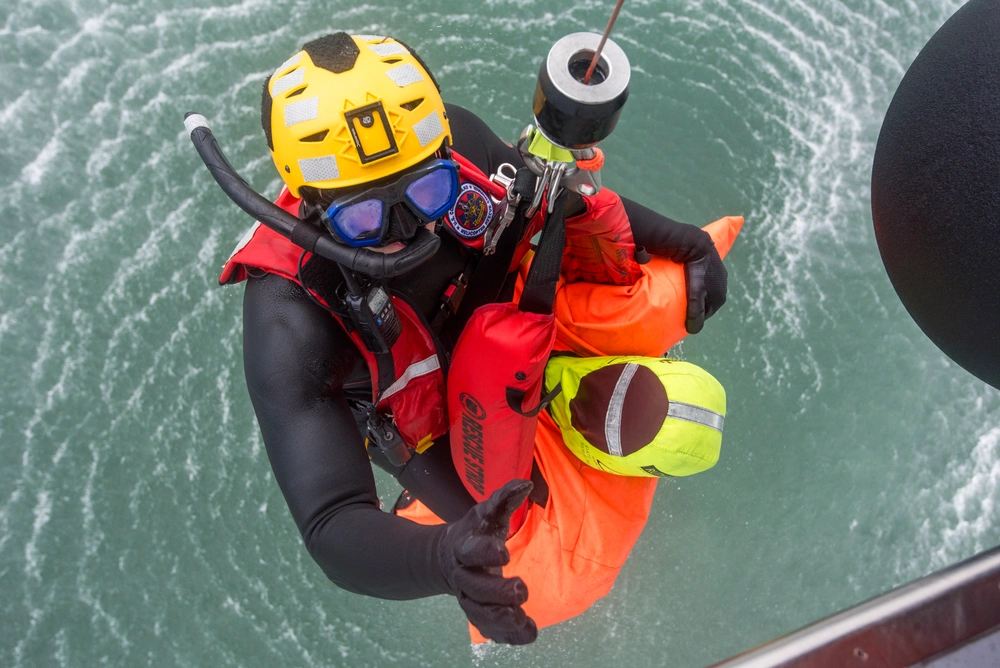
Heroic Coast Guard rescue swimmer saved hundreds in Texas floods and exemplified the spirit of America
Sandboxx News
-

‘Sandboxx News’ Trucker Cap
$27.00 Select options This product has multiple variants. The options may be chosen on the product page -

‘AirPower’ Classic Hoodie
$46.00 – $48.00 Select options This product has multiple variants. The options may be chosen on the product page -

‘AirPower’ Golf Rope Hat
$31.00 Select options This product has multiple variants. The options may be chosen on the product page -

‘Sandboxx News’ Dad Hat
$27.00 Select options This product has multiple variants. The options may be chosen on the product page
